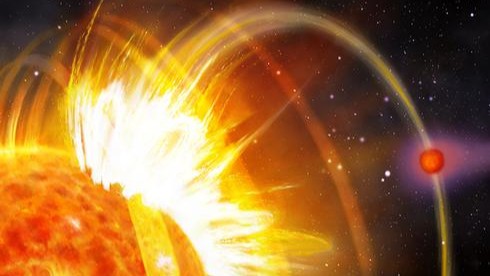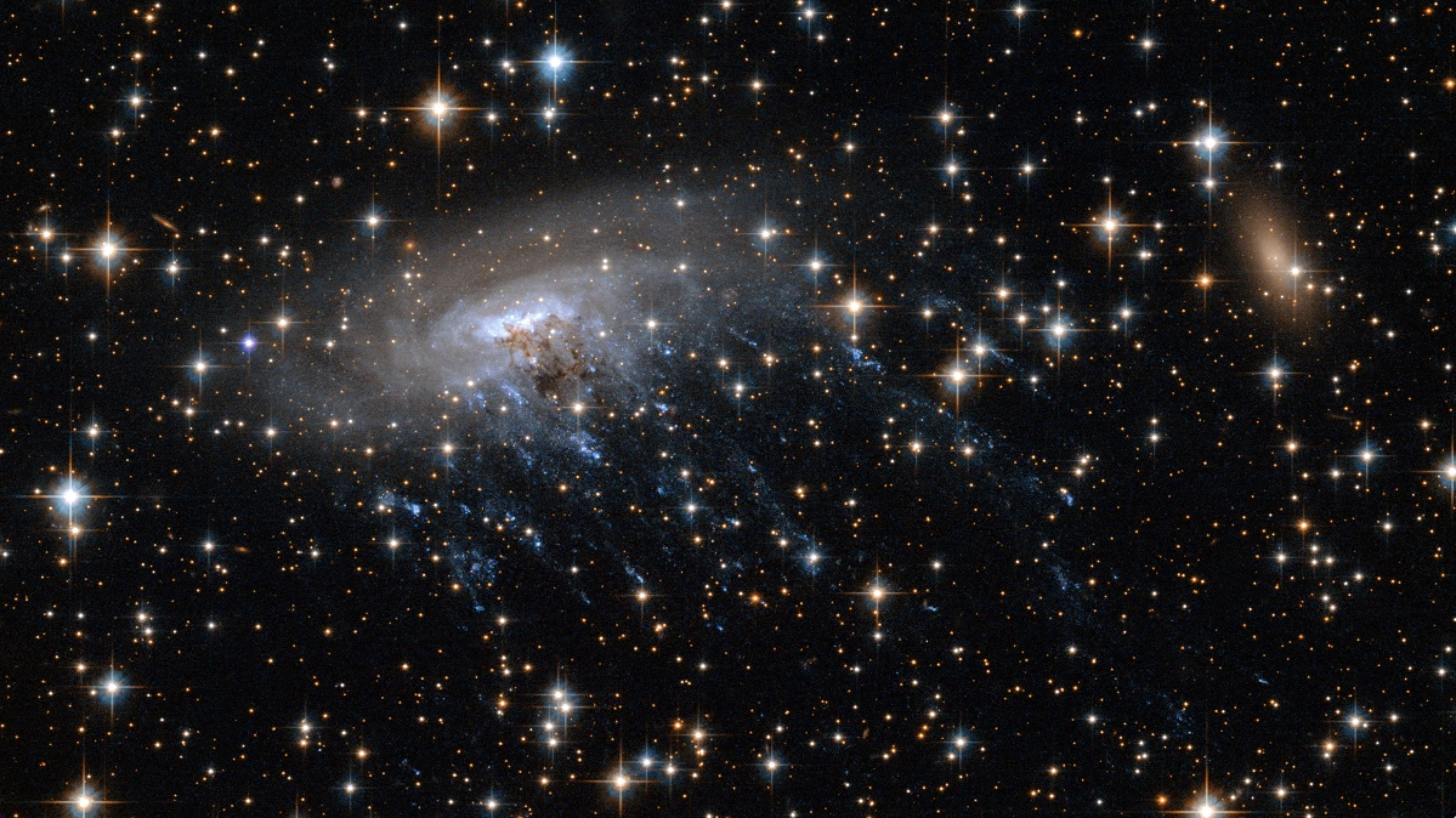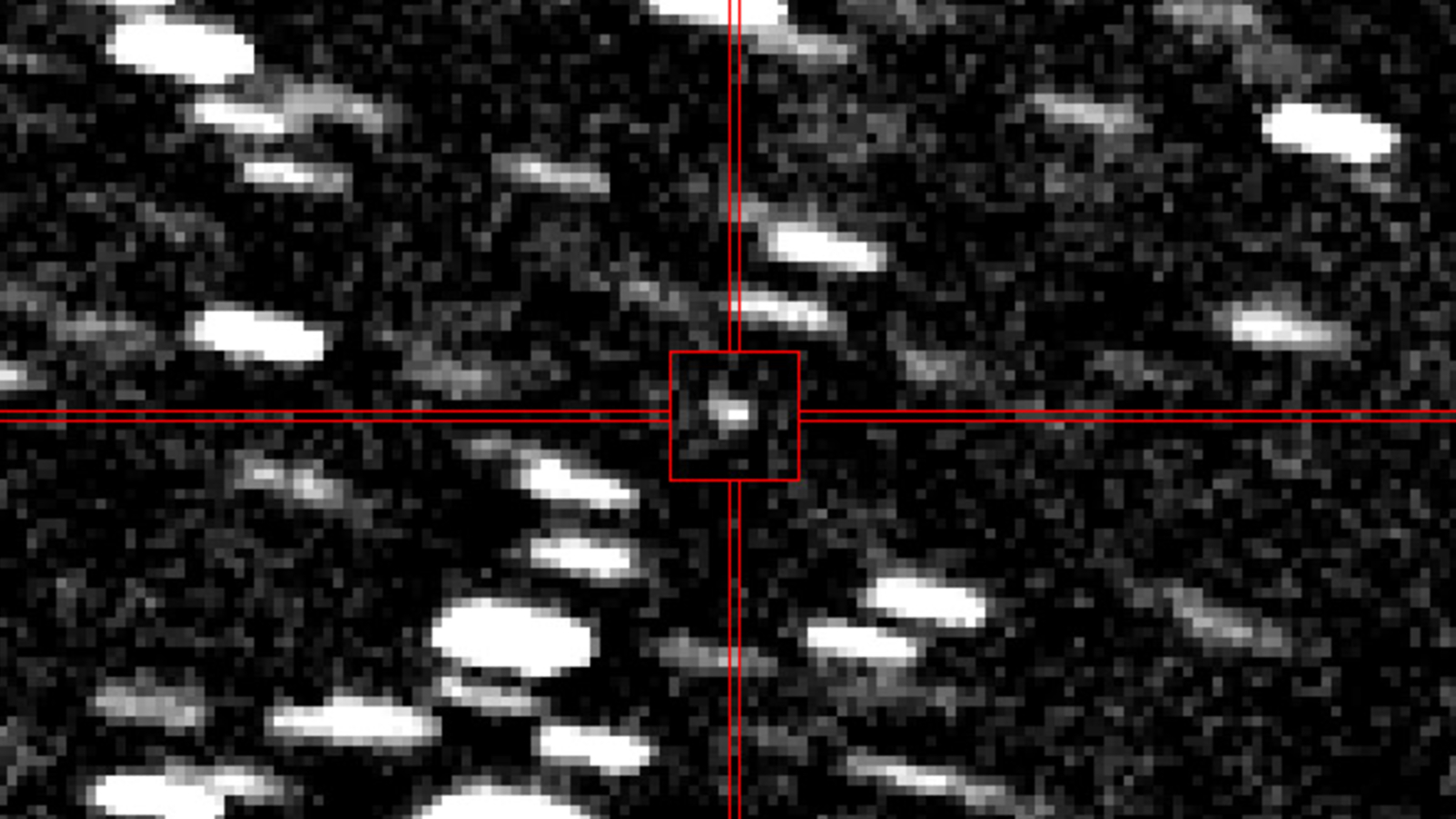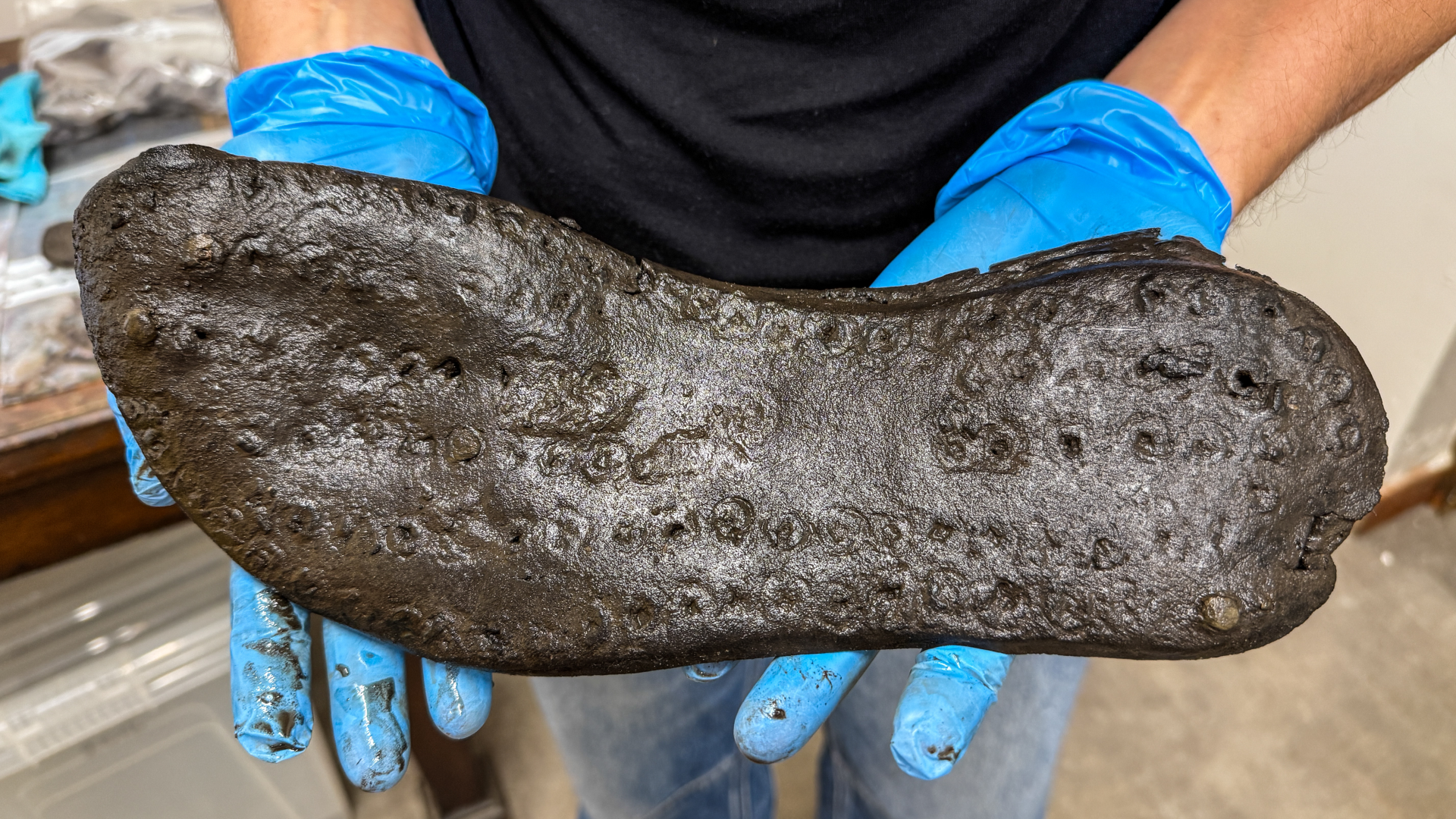Astronomers have captured the first evidence of a “planet with a death wish” — an alien world that’s orbiting so close to its star and so fast that it’s causing the star to cook it to death with stellar explosions.
The planet, called HIP 67522 b, is a wispy, Jupiter-size planet bound on a tight, seven-day orbit around its host star, HIP 67522.
But these orbits are disturbing the star’s magnetic field, causing enormous stellar eruptions to blow back on the planet and make it shrink. This marks the first time a planet has been observed influencing its host star, the scientists reported in a study published July 2 in the journal Nature.
“The planet seems to be triggering particularly energetic flares,” study first-author Ekaterina Ilin, an astrophysicist at the Netherlands Institute for Radio Astronomy, said in a statement. “The waves it sends along the star’s magnetic field lines kick off flares at specific moments. But the energy of the flares is much higher than the energy of the waves. We think that the waves are setting off explosions that are waiting to happen.”
Stars are gigantic balls of burning plasma whose charged particles, or ions, swirl over their surfaces to create powerful magnetic fields. Because magnetic-field lines cannot cross each other, sometimes these fields knot before suddenly snapping to launch bursts of radiation called solar flares, which are sometimes accompanied by enormous belches of surface plasma known as coronal mass ejections.
Because many planets, including Earth, have magnetic fields, astronomers have long wondered whether planets with close orbits around their stars could disturb powerful stellar magnetic fields enough to trigger explosions.
Related: James Webb telescope discovers its first planet — a Saturn-size ‘shepherd’ still glowing red hot from its formation
To investigate this question, the astronomers conducted a broad sweep of stars using NASA’s Transiting Exoplanet Survey Satellite (TESS), which finds exoplanets by detecting the characteristic dimming of stars’ light as planets pass in front of them. After flagging HIP 67522 as worthy of interest, the astronomers used the European Space Agency’s (ESA) Characterising Exoplanet Satellite (Cheops) to investigate further.
“We quickly requested observing time with Cheops, which can target individual stars on demand, ultra precisely,” Ilin said. “With Cheops we saw more flares, taking the total count to 15, almost all coming in our direction as the planet transited in front of the star as seen from Earth.”
A vital piece of evidence was that these flares occurred when the planet passed in front of the star. This suggested that the planet is gathering energy as it orbits and is using it to “whip” the star’s magnetic-field lines like a rope. When this shock wave passes down the field to the star’s surface, a powerful flare erupts.
These flares are slowly stripping away the planet’s diffuse atmosphere, layer by layer. The researchers project that, although HIP 67522 b is as big as Jupiter now, it could shrink to the size of Neptune in the next 100 million years.
To further investigate this first-of-its-kind phenomenon, the researchers plan to take more readings with TESS, Cheops, and other exoplanet telescopes, such as ESA’s upcoming Plato space telescope, which is scheduled to launch in 2026.
“I have a million questions because this is a completely new phenomenon, so the details are still not clear,” Ilin said. “There are two things that I think are most important to do now. The first is to follow up in different wavelengths (Cheops covers visible to near-infrared wavelengths) to find out what kind of energy is being released in these flares — for example ultraviolet and X-rays are especially bad news for the exoplanet.
“The second is to find and study other similar star-planet systems; by moving from a single case to a group of 10-100 systems, theoretical astronomers will have something to work with,” she added.














